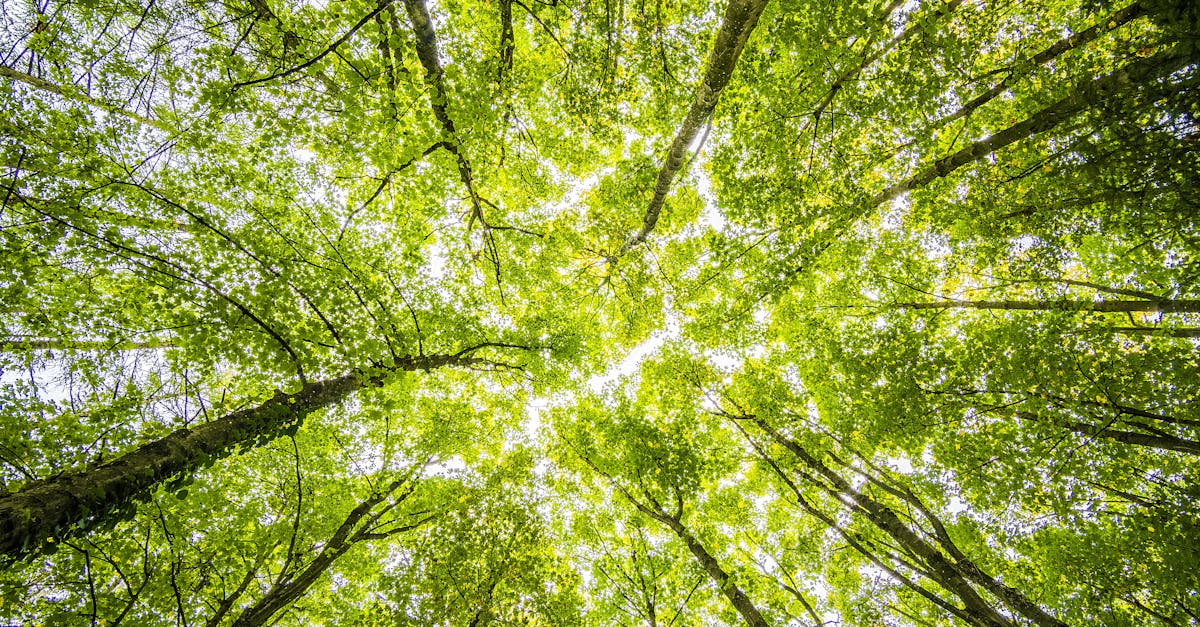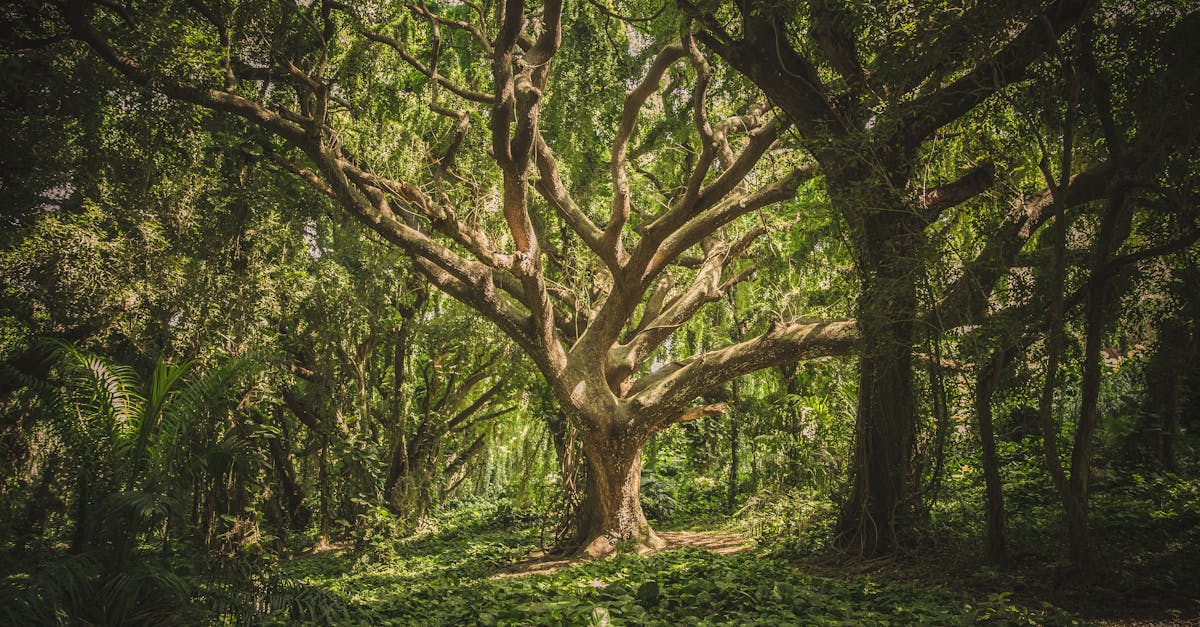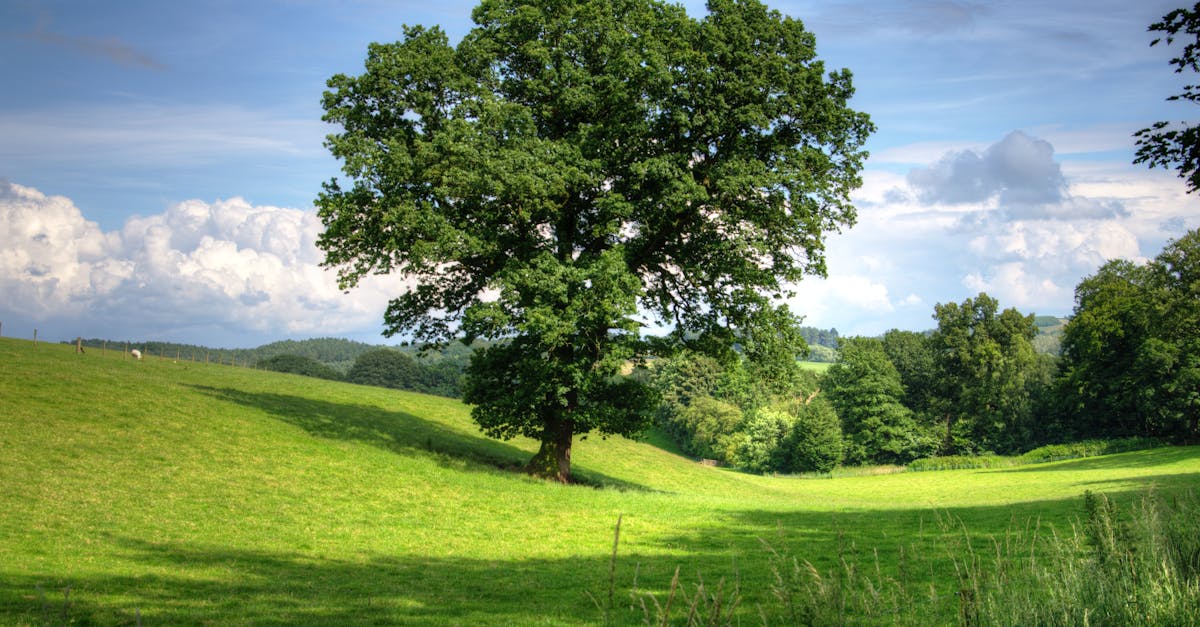
Tree Planting
Zoe Tree Services offers expert tree planting services to help enhance the beauty and health of your property. Our team of experienced professionals will assess your site to determine the best location, species, and planting technique for optimal growth. Whether you are looking to add new trees to your landscape, replace damaged or diseased trees, or enhance your property with more greenery, we are here to help. With our attention to detail and commitment to using high-quality trees and planting methods, you can trust Zoe Tree Services to provide you with exceptional tree planting services that will thrive for years to come. Contact us today to schedule a consultation and start adding beauty and value to your property with our tree planting services.
Choosing the Right Tree Species
Choosing the right tree species for planting is a critical decision that can impact the success and longevity of the trees in a particular area. Factors such as soil type, climate conditions, and available space should all be taken into consideration when selecting which species to plant. For instance, certain trees like the white spruce are better suited for colder climates in North America, while species like the acacia tree thrive in the warmer temperatures of South Africa.
Moreover, the purpose of the tree should also be considered when choosing the species. Some trees are excellent for providing shade, while others may be better for attracting wildlife or improving biodiversity. By matching the characteristics of the tree species with the specific needs of the planting location, the chances of successful growth and sustainability are greatly increased. It's crucial to remember that each tree plays a vital role in its ecosystem and contributes to the overall health of our planet.
Factors to Consider for Successful Planting
When considering tree planting, it is crucial to take various factors into account to ensure successful growth and development. One key element to consider is the tree species itself. Different species have varying needs in terms of soil type, sunlight exposure, and climate conditions. Choosing a species that is well-suited to the local environment can significantly increase the chances of the tree thriving in its new location. Additionally, the size and root system of the tree should align with the available space for planting, to prevent future issues such as root damage to buildings or underground utilities.
Another important factor to consider is the planting location. Trees should be strategically placed to maximize their benefits while minimizing potential risks. Consider factors such as proximity to buildings, power lines, and other structures that could be impacted by the tree's growth over time. Ensuring proper spacing between trees is also essential to prevent overcrowding and competition for resources. Adequate water availability, sunlight exposure, and soil quality are further aspects to evaluate when selecting the planting site for optimal tree growth and long-term health.
Urban Tree Planting Strategies
Urban tree planting in urban landscapes is a vital strategy to enhance the health and sustainability of cities. When selecting tree species for urban areas, it is crucial to consider factors such as adaptability to local climates, soil conditions, and resistance to common pests and diseases. Choosing the right tree species can contribute significantly to the success and longevity of urban tree planting initiatives. Additionally, proper tree placement is essential to ensure that trees have enough space to grow and thrive without causing damage to infrastructure or interfering with utility lines.
Another critical aspect of urban tree planting strategies is the care and maintenance of trees in city landscapes. Regular maintenance practices such as pruning, mulching, and watering are essential to support tree health and resilience in urban environments. Urban tree planting initiatives not only enhance the aesthetics of cities but also provide a range of environmental benefits, including carbon sequestration, air quality improvement, and stormwater management. By incorporating sustainable urban tree planting practices, cities can create vibrant and healthy urban forests that contribute to a more sustainable and resilient future.
Tree Placement and Care in City Landscapes
Urban areas present unique challenges for tree planting, but with careful consideration and strategic planning, trees can thrive in city landscapes. When selecting tree species for urban environments, it is crucial to choose those that are well-suited to the specific conditions of the area, including soil type, sunlight exposure, and space availability. Additionally, factors such as pollution tolerance, drought resistance, and pest resilience should be taken into account to ensure the long-term health and vitality of the trees.
Proper tree placement is essential for maximizing the benefits of urban trees. Trees should be strategically positioned to provide shade, improve air quality, and reduce stormwater runoff. Careful consideration should also be given to the space needed for the tree to grow to its full size without interfering with infrastructure or neighboring buildings. Regular maintenance, including watering, pruning, and mulching, is crucial to support the growth and longevity of urban trees. By investing in the care and maintenance of trees in city landscapes, communities can enjoy the numerous environmental and social benefits that healthy urban forests provide.
The Role of Trees in Climate Change Mitigation
Trees play a crucial role in mitigating climate change by absorbing carbon dioxide from the atmosphere and storing it in their biomass. This process, known as carbon sequestration, helps to reduce the concentration of greenhouse gases in the atmosphere, thereby slowing down the pace of global warming. In addition to carbon storage, trees also provide other environmental benefits, such as improving air quality, conserving water, and enhancing biodiversity.
By planting more trees, we can not only combat climate change but also promote environmental sustainability and resilience. Trees help to prevent soil erosion, regulate temperature, and provide habitats for various plant and animal species. Furthermore, urban tree planting initiatives can help to reduce the urban heat island effect, lower energy costs, and improve the overall quality of life in cities. As we strive to address the challenges of climate change, protecting existing forests and planting new trees are essential components of a comprehensive strategy for a sustainable future.
Carbon Storage and Emission Reduction
Carbon storage and emission reduction are crucial aspects of mitigating the effects of climate change. Trees play a significant role in absorbing carbon dioxide from the atmosphere through the process of photosynthesis. This process not only helps in reducing the levels of anthropogenic carbon dioxide but also contributes to the overall health of the environment. By acting as carbon sinks, trees aid in storing carbon which would otherwise contribute to the greenhouse effect and aggravate global warming.
Furthermore, the sequestration of carbon in trees helps in offsetting carbon emissions from human activities such as burning fossil fuels. By planting more trees and conserving existing forests, we can effectively reduce the amount of carbon released into the atmosphere. The management of forestland and the implementation of sustainable silvicultural practices are essential in maximizing the potential of trees as a natural solution for carbon storage. Initiatives such as reforestation and afforestation play a vital role in not only capturing carbon but also in restoring ecosystems and enhancing biodiversity.
FAQS
What are some factors to consider when choosing the right tree species for planting?
When choosing a tree species for planting, consider factors such as soil type, climate conditions, available space, purpose of planting (e.g., shade, aesthetics), and maintenance requirements.
How can I ensure successful tree planting?
To ensure successful tree planting, consider factors like proper site preparation, planting techniques, watering and mulching practices, and regular maintenance to support healthy growth.
What are some strategies for planting trees in urban areas?
Strategies for planting trees in urban areas include selecting tree species that are suitable for urban environments, proper tree placement to avoid conflicts with infrastructure, regular monitoring and maintenance, and community involvement in tree planting initiatives.
How should trees be placed and cared for in city landscapes?
In city landscapes, trees should be strategically placed to maximize their benefits, such as providing shade, reducing air pollution, and enhancing aesthetics. Proper care includes regular watering, pruning, and monitoring for pests and diseases.
What role do trees play in climate change mitigation?
Trees play a crucial role in climate change mitigation by sequestering carbon dioxide through photosynthesis, storing carbon in their biomass and soils, and reducing emissions by providing shade and cooling effects in urban areas.


